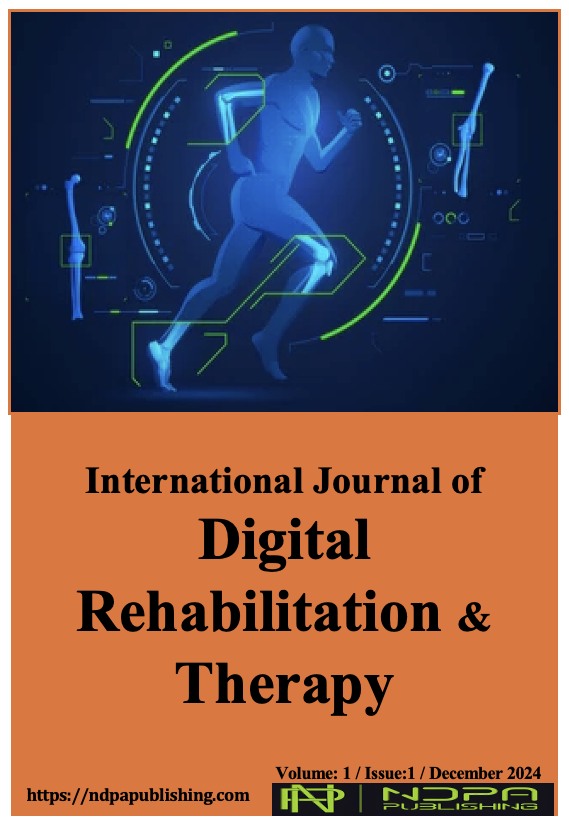Corelation Between Shoulder Girdle Postural Impairement and Spinal Curvature Variations
DOI:
https://doi.org/10.5281/zenodo.15047095Keywords:
Shoulder posture, spinal curvature, thoracic kyphosis, muscle strength, posturography, physical therapy.Abstract
This study investigates the correlation between rounded shoulder posture and spinal curvature in individuals aged 20-35 years. Methodology: A randomized controlled trial at Krishna College of Physiotherapy involved 110 participants aged 20-35 years with rounded shoulder posture, altered thoracic kyphosis, and lumbar lordosis. Postural assessments included the Plumb Line method, muscle length and strength testing, and posturography to evaluate stability. Data were analysed using SPSS version 20.0, with descriptive and inferential statistics to examine correlations between postural impairments and spinal curvature. Results: The study revealed significant postural abnormalities: increased thoracic kyphosis (51.8%), shoulder protraction (53.6%), and reduced lumbar lordosis (39%). Muscle length testing showed 49% of participants had a shortened pectoralis minor. Strength testing indicated reduced strength in shoulder retractors and protractors, particularly on the left. Posturography results showed increased instability, with higher centre of pressure, sway area, and velocity in participants with abnormal posture. Conclusion: This study highlights a strong correlation between rounded shoulder posture, spinal curvature variations, and impaired postural control. These abnormalities contribute to muscle imbalances and postural instability. Early intervention, including physical therapy, is crucial for improving function and quality of life. Further studies with larger samples and long-term follow-ups are needed to assess the progression of these postural impairments.



